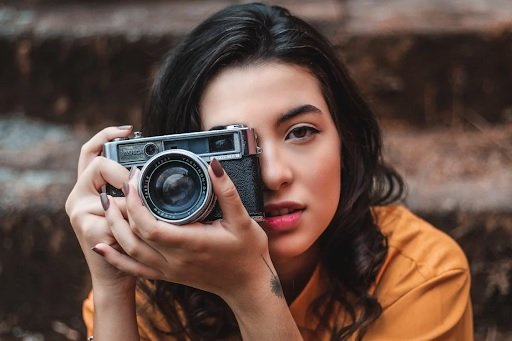Explore top-notch professional photography cameras! Dive into detailed reviews, helpful guides & tips for the perfect shot!
Quality cameras stand as indispensable tools in the realm of professional photography, offering photographers enhanced control, precision, and versatility. These devices are pivotal in capturing moments with utmost clarity and detail, providing superior image quality through advanced sensors and a variety of lens options. High-end cameras also feature a wide range of ISO settings, enabling photographers to skillfully navigate diverse lighting conditions and achieve optimal exposure. Thus, investing in a quality camera Singapore not only elevates the technical capabilities of photographers but also ensures exceptional results in various photographic endeavours.
Understanding Professional Photography
Professional photography encompasses a diverse array of disciplines, each requiring specific techniques and specialized equipment. Portrait photography, for instance, focuses on capturing the nuances of human emotions and expressions, demanding precise control over lighting and depth of field. Commercial photography, on the other hand, serves the purpose of advertising products and services, necessitating high-resolution images that showcase details effectively. Aerial photography offers unique perspectives from above, capturing sweeping landscapes and architectural marvels with precision. Scientific photography involves documenting research data with clarity and accuracy, often utilizing specialized equipment for microscopic or telescopic imaging. News photography demands quick reflexes and adaptability to capture breaking news moments that convey stories visually to the public. In all these domains, the quality of equipment, including high-end cameras and reliable lighting gear, plays a pivotal role in achieving professional standards of image excellence.
Criteria for Selecting Quality Cameras
Selecting the right camera involves evaluating several key criteria tailored to specific professional needs. Functionality is paramount, ensuring that the camera can perform its intended tasks effectively and reliably across different shooting conditions. Usability considerations focus on the ease of operation and intuitive interface, allowing photographers to concentrate on capturing moments rather than navigating complex controls. Applicability addresses the versatility of the camera in meeting diverse photographic requirements, whether in studio settings, outdoor shoots, or challenging environments. Technical specifications such as sensor size, resolution capabilities, lens quality, shutter speed range, and ISO sensitivity are critical factors that define a camera’s performance and its ability to produce superior photographic output.
Guide to Buying a Quality Camera
When embarking on the purchase of a quality camera, photographers must weigh the concepts of price and value for money judiciously. Price denotes the monetary investment required for acquiring the camera, while the value for money encompasses the overall quality, features, and benefits derived relative to its cost. Conducting thorough research involves comparing prices, features, and models across reputable vendors to identify the most suitable option that aligns with both professional requirements and budget constraints. Evaluating warranty terms, customer support, and return policies ensures peace of mind and reliability in the long term. Embracing sustainable consumption practices by opting for responsibly produced equipment minimizes environmental impact and supports ethical standards within the industry. Avoiding impulse purchases and taking the time to make an informed decision empower photographers to invest wisely in equipment that enhances their creative capabilities and professional growth.
Tips for Maintaining Camera Quality
Preserving the longevity and performance of a quality camera requires regular maintenance and diligent care. Routine inspections and preventive measures detect potential issues early, preventing costly repairs and ensuring uninterrupted functionality during critical shoots. Protecting lenses from environmental elements such as dust, moisture, and accidental impact preserves optical clarity and prevents scratches that can degrade image quality. Utilizing high-quality lens caps or filters provides an additional layer of protection, while proper cleaning techniques using recommended tools maintain optimal performance. Storing cameras in dry, clean environments with controlled humidity levels and investing in padded cases with custom compartments safeguard delicate components from physical damage and wear. Removing batteries during extended storage prevents potential leakage and corrosion, prolonging battery life and avoiding damage to internal circuitry. By implementing these maintenance practices, photographers ensure that their equipment remains in peak condition, consistently delivering exceptional photographic results.
Conclusion
Investing in a quality camera is not merely a financial decision but a strategic investment in one’s professional photography career. A superior camera empowers photographers with advanced technical capabilities, precise control over image composition, and the flexibility to adapt to diverse shooting conditions. By understanding the specific demands of professional photography, evaluating essential criteria in camera selection, and adopting responsible maintenance practices, photographers can optimize their equipment’s performance and elevate the quality of their photographic output. Informed decision-making, based on thorough research and consideration of individual needs, enables photographers to make smart investments that support their artistic vision and long-term success in the dynamic field of professional photography.
